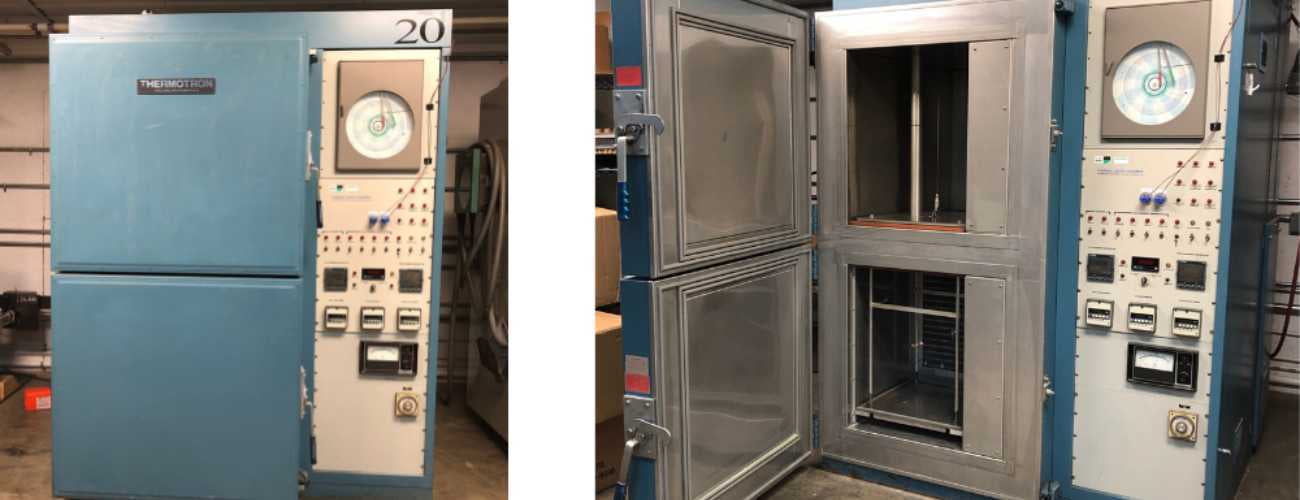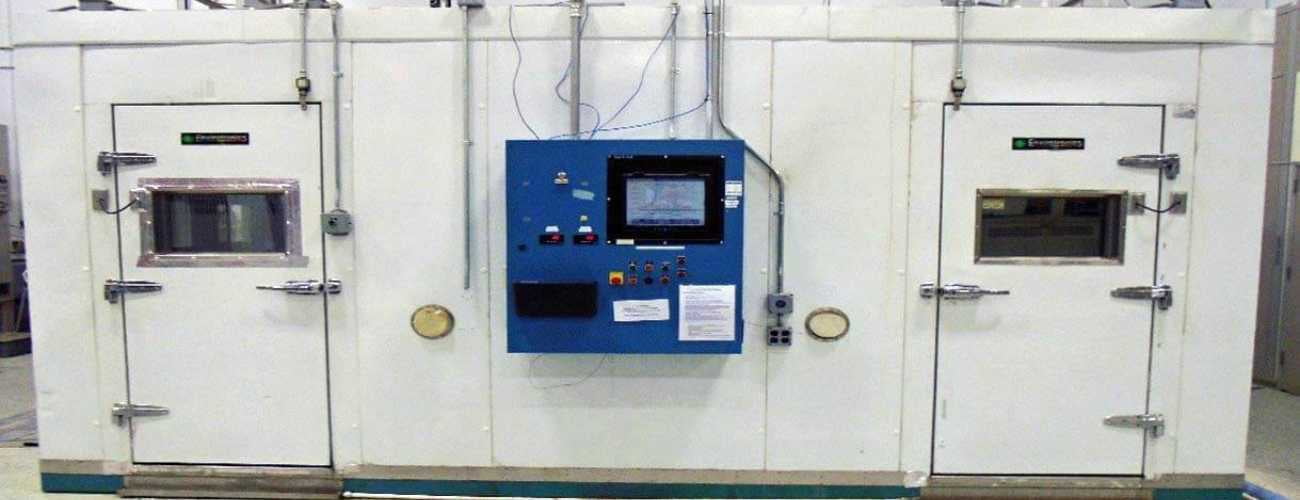Thermal Shock Testing
Scopes & Testing
Thermal Shock Testing
Thermal Shock Testing
Thermal shock testing is a process used to evaluate the performance and reliability of materials, components, or devices when subjected to sudden and extreme temperature changes. The purpose of this testing is to determine how the test subject withstands rapid temperature transitions, which can cause stress and lead to failure in real-world applications. This type of testing is commonly used in industries such as electronics, aerospace, automotive, and materials science.
The test typically involves exposing the sample to alternating cycles of high and low temperatures. The temperature change is usually performed rapidly to simulate the extreme conditions the material may experience during its operational life. The severity of the test can vary depending on the specific application and the required level of reliability.
Here's a typical procedure for thermal shock testing:
- 1) Test Setup: The test sample is prepared and instrumented with sensors to monitor temperature and any potential changes during the testing process.
- 2) High-Temperature Exposure: The test sample is exposed to a high-temperature environment for a specified duration. This temperature is chosen based on the test's objectives and the intended application conditions.
- 3) Rapid Transition: After the high-temperature exposure, the test sample is rapidly transferred to a low-temperature environment. The rate of temperature change can be crucial to mimic real-world scenarios accurately.
- 4) Low-Temperature Exposure: The test sample is subjected to the low-temperature environment for a specified duration.
- 5) Number of Cycles: The entire process of high-temperature exposure, rapid transition, and low-temperature exposure is repeated for a predetermined number of cycles.
- 6) Observation and Analysis: Throughout the testing, the sample is closely monitored for any changes in physical properties, structural integrity, or functionality. After the testing is complete, the sample is carefully examined for signs of damage, cracks, fractures, or any other failures.
The data obtained from thermal shock testing is used to assess the material's ability to withstand rapid temperature changes and its overall reliability. At House of Testing, our engineers and researchers use this information to improve product design, select appropriate materials, and optimize manufacturing processes to ensure better performance and durability in real-world applications.
It's important to note that the specific testing procedures and standards may vary depending on the industry and the intended application of the tested material or device. Additionally, testing conditions should be carefully chosen to best simulate the anticipated real-world environment. Contact the experts now!





